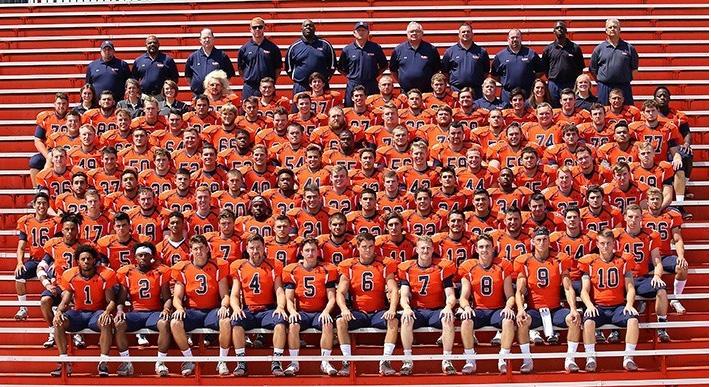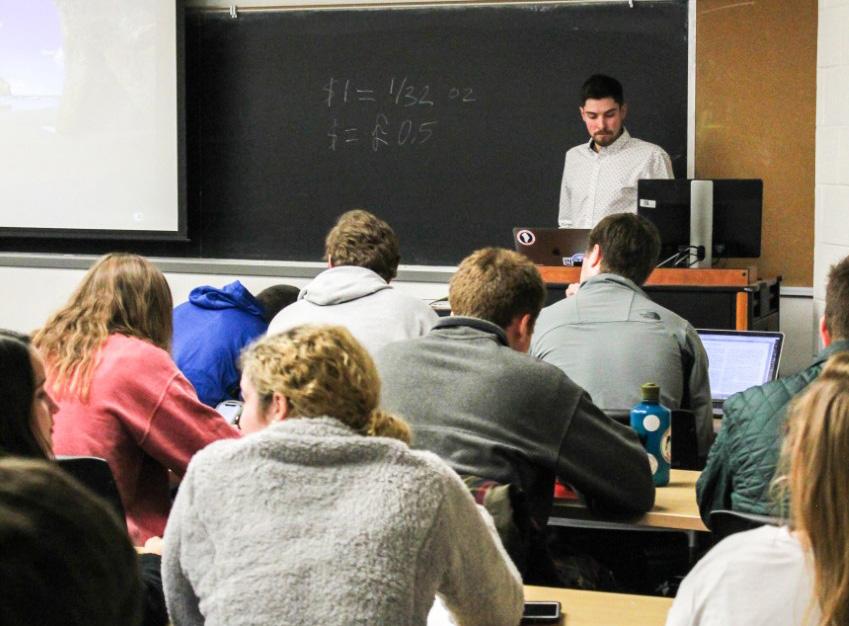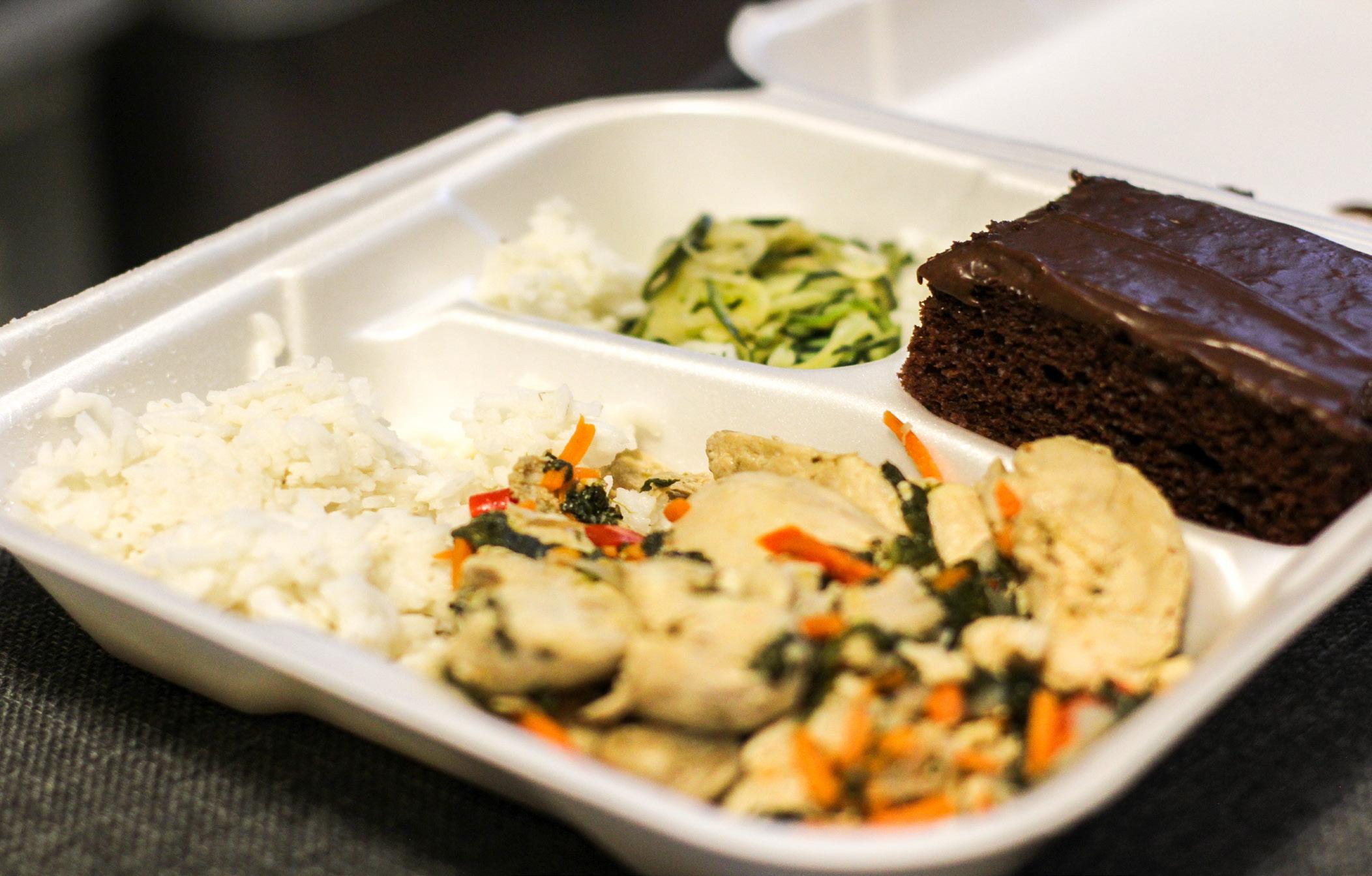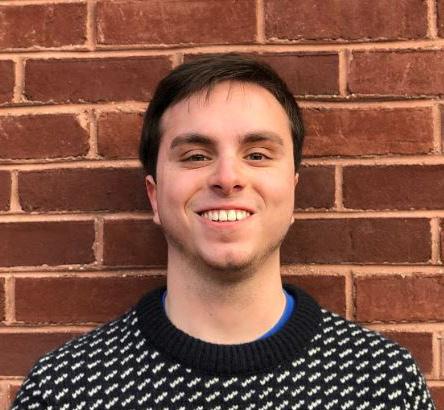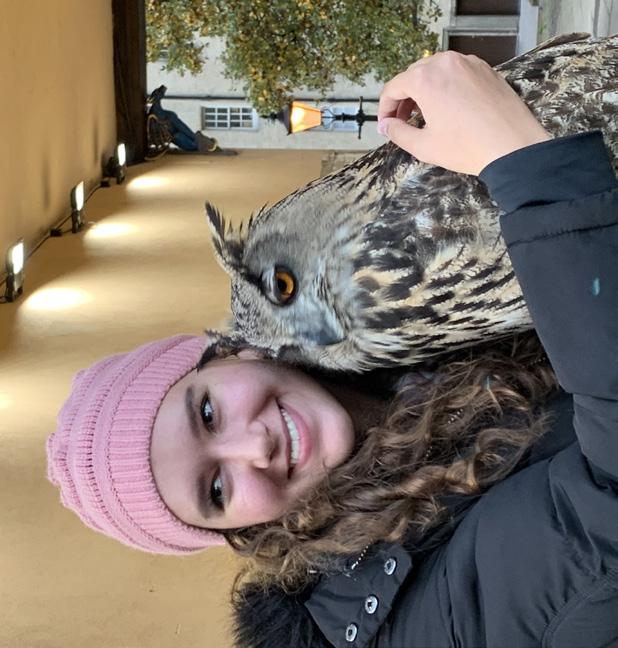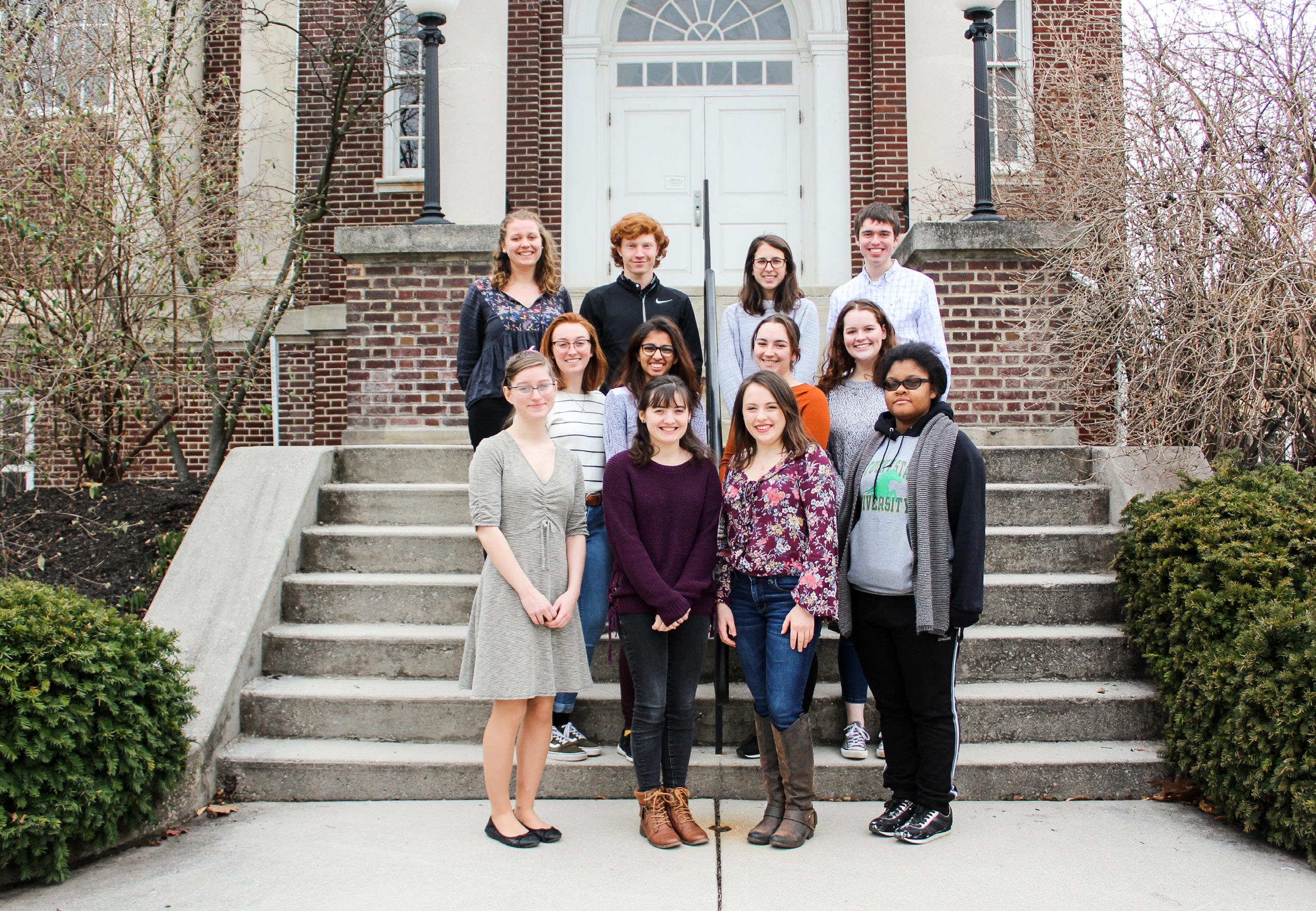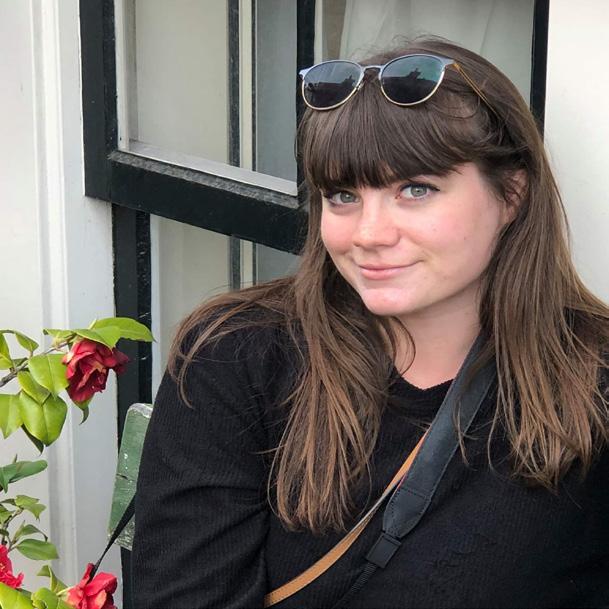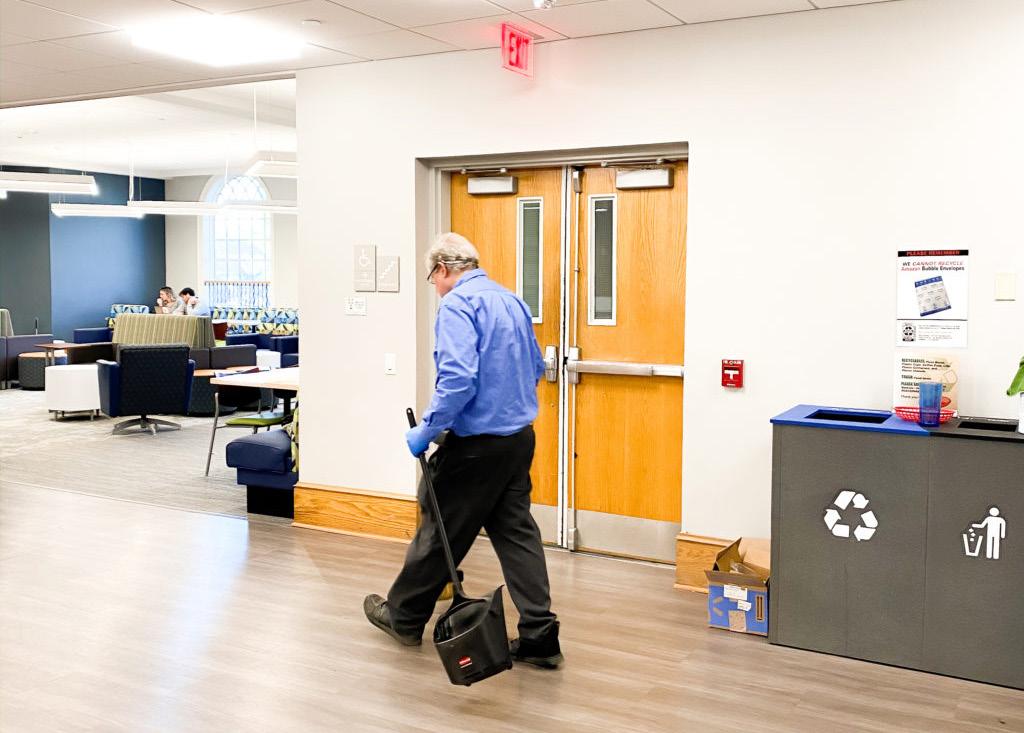
5 minute read
Postcards from Abroad
LEARNING WHAT OLD REALLY MEANS BY MACI MARK
I love old things. Anything that is from a different time and place, I just love it! That’s why I chose to study abroad in Cairo, Egypt. In just the two weeks that I have been here, I have been absolutely blown away by it.
Advertisement
I am from Los Angeles, California, so when I went to Gettysburg I thought that everything there was old; it had been built in the 1830s! That was over 150 years old! Los Angeles was built starting in the 1900s, so it’s all very new. When thinking about an old place, I like to think about how many people lived there or how many people passed through.
Being in Cairo is incredible because the “old” here is thousands of years old. One of the most remarkable places that I have been to is the Khan el Khalili marketplace. This is remarkable because it is inside the old fortress that used to make up the city of Cairo. The inside of this marketplace is bustling with vendors, visitors, and tourists. The streets are small and winding, and we were warned that if we got lost that even Google maps would not be able to help us. This market place is absolutely stunning. One of the streets within the marketplace is lined with mosques, first built by the Sultan Hassan
and then mosques built by his son. They are done in absolutely stunning Islamic medieval art. When
you step inside of them, you feel how sacred a place it is and how it is the resting place of an important man.

There is something sacred about
these places, how a no longer active mosque is upheld for its beauty and legacy. Places like the Khan el Khalili marketplace and the Mosque of
Sultan Hassan feel like they will be here forever.
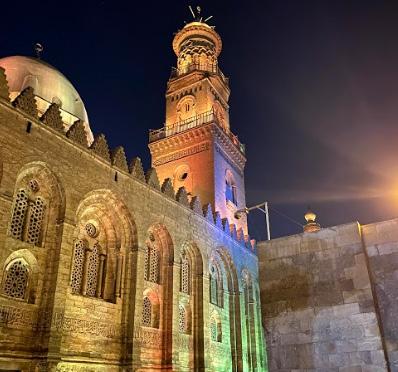
Many places around Cairo feel that way and it is magical to be able to share in it. I plan to explore every one of them and feel incredibly privileged to be able to do so.
Pictured: Walking down the street in Khan el Khalili (top right); Mosque in Khan el Khalili (bottom left)
DISCOVERING NEPAL BY ABBY HAUER
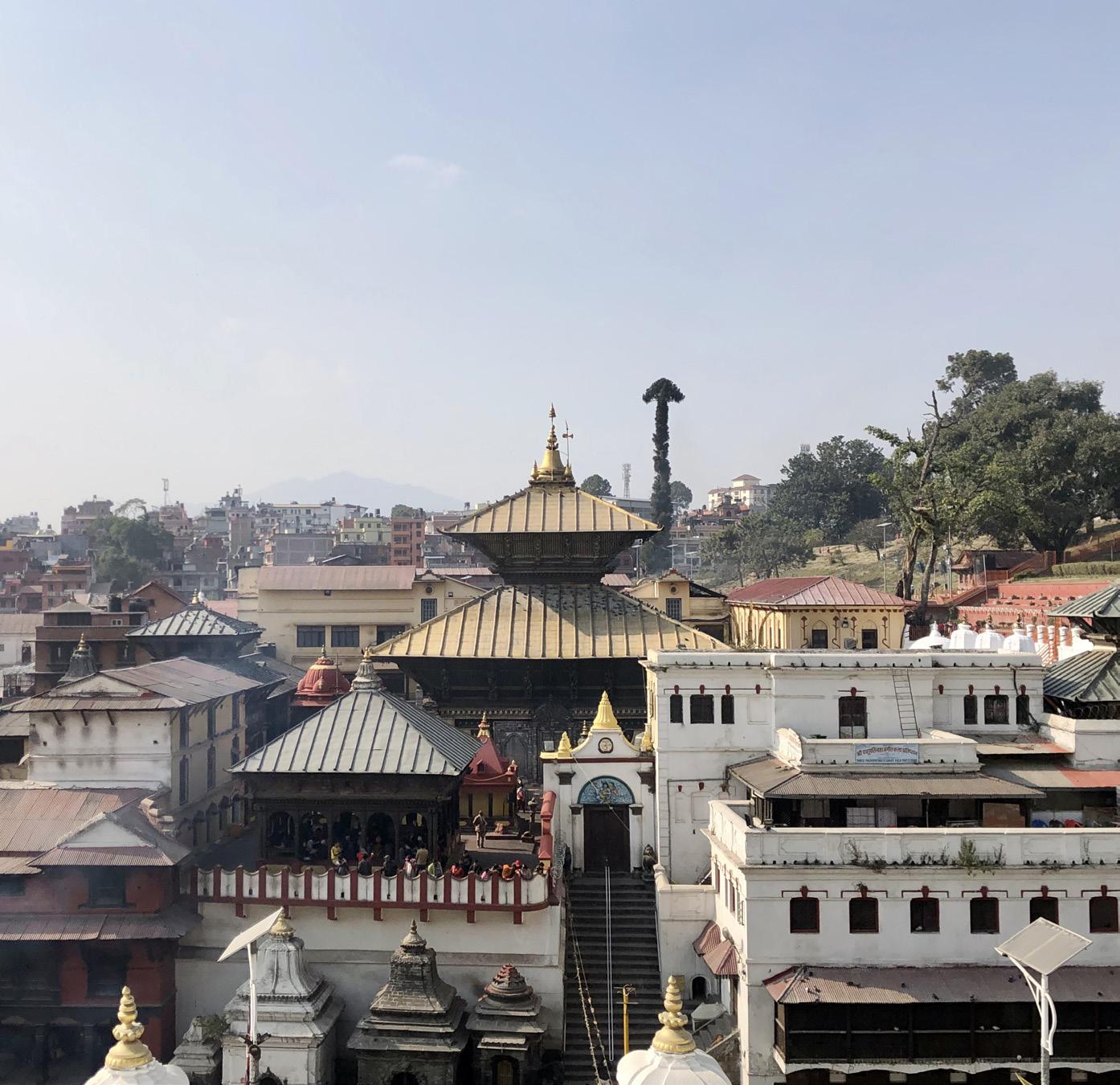

When my anticipated semester in Shanghai was suspended due to the coronavirus, I chose the Development, Gender, and Social Change in the Himalaya SIT program in Nepal with hardly any preconceived notions about the country. I reached out to Gettysburg College students who had participated in a tenday homestay in Kathmandu this January, and I got in touch with a Gettysburg College professor whose primary research focuses on Nepal. I became both excited and nervous to spend 15 weeks in Nepal: I was excited to try momos and to see the Himalayan Mountains, and I was nervous about pollution, limited clean and hot water, and traffic on a scale beyond that of Baltimore or New York City. Now, after living in Nepal for one week, I can say that I am beyond glad that I am spending the next 14 weeks in this country. There are three main reasons why I am loving this program. First is my homestay family. Mero aamaa is extremely sweet, caring, and very energetic for her age. Mero daai is the big brother I never had—his fluency in English allows me to have conversations about the similarities and differences between American and Nepali culture, and his desire for me to learn the Nepali language helps me build confidence. Mero didi, who is living with her mother-in-law while her husband works in New York, shares her thoughts about Nepali culture and teaches me how to cook and clean Nepali style. While I was worried about missing my family back in America, my homestay family has put such fears to rest and made Nepal feel like home. Second are the friends I have made so far. My “girl gang” has interesting discussions, ranging from our views on taking pictures by the cremation site at Pashupati Temple to spending time walking around Sukedhara or Naxal. We talk about our lives at home, what we hope to do for an independent study project or internship, and our future career goals. Overall, we come together around our shared interest in learning the ins and outs of Nepali culture, and we understand that gaining such an understanding requires continuous practice of our Nepali language skills. We push each other to comprehend the language so we can truly appreciate Nepal. Finally, the Nepali people. From walking down the streets of Dhulikhel and receiving smiles and greetings of “namaste” from the locals, to bargaining with taxi drivers and shop owners, I feel very welcome as an American student who desires to assimilate into Nepali culture as much as I can. As strangers help correct my Nepali when I attempt to hail a taxi or buy a dozen “keraaharu” in the market on my way home from class, I can’t help but feel that the Nepali people have welcomed my presence and sincerely appreciate my attempts to become a member of their community for the time I am here. My mom raised me to believe that the Lord works in mysterious ways and that he has a plan, whether it makes sense to us or not. In all honesty, I questioned the Lord’s plan when my semester in China was cancelled. I had envisioned myself trekking to the Great Wall of China, riding the bullet train to my internship, and gazing upon Mount Everest in Tibet. However, China was not my fate, or Bhagya. Nepal was. I still have the opportunity to see Mount Everest, and I can trek to Annapurna and make friends while riding a crowded bus from Sukedhara to Naxal. I can develop a home away from home, meet lifelong friends, and become a member of a welcoming community halfway across the world. Overall, while I initially believed that China was my Bhagya, I am now beyond appreciative that it was Nepal after all.
Pictured: Pashupati Hindu Temple, a UNESCO World Heritage Site

